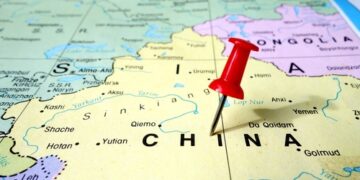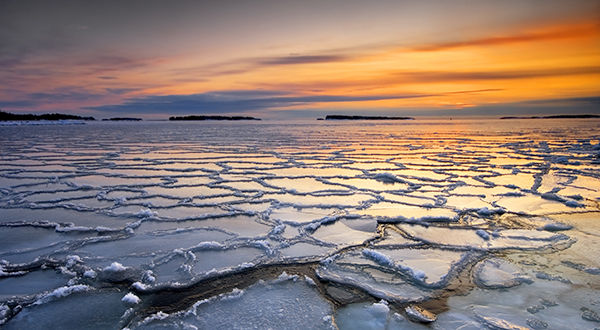On May 15th 2017, the World Meteorological Organization (WMO) officially launched the “Year of Polar Prediction”, in Geneva, Switzerland. From mid-2017 to mid-2019, scientists and operational forecasting centers from various different countries will work together to observe, model, and improve forecasts of the Arctic and Antarctic weather and climate systems.
As the Arctic and Antarctic are the world’s most poorly observed regions, advances in polar prediction will lead to improved weather forecasts and climate predictions for polar regions and densely populated countries. The Year of Polar Prediction has been initiated by WMO, as a response to rapid polar climate change and related transformation of societal and economic activities at the poles.
The project concerns a two-year international effort, aiming to close gaps in polar forecasting capacity. It is expected to lead to better forecasts of weather and sea-ice conditions to improve future environmental safety at both poles. Improved forecasts in polar regions are also expected to result in better weather prediction at lower latitudes, where most people live.
This means that special observing periods will have increased number of observations, for example by weather balloon launches from meteorological stations and buoy deployments from research vessels to measure atmospheric and oceanographic conditions, respectively. Coordinated aircraft campaigns, satellite observations, and newly installed automatic weather stations will provide new insights into the processes governing the Arctic and Antarctic climate and their impacts on global weather systems.
“Arctic sea-ice maximum extent after the winter re-freezing period in March was the lowest on record because of a series of ‘heat-waves.’ Antarctic sea ice minimum extent after the most recent Southern Hemisphere summer melt was also the lowest on record. The rate and implications of polar environmental change is pushing our scientific knowledge to the limits,” said Thomas Jung, of the Alfred Wegener Institute HelmholtzCentre for Polar and Marine Research, and chair of the Polar Prediction Project steering committee.
All of the data collected will be gathered at the WMO’s Information System, making it available for operational forecasting centres to feed into their forecasting systems in real-time. Social scientists will then assess how better polar forecasts could affect the outcomes of socio-economic decision-making, while representatives of the transport, shipping, and tourism sectors will provide insight on the practical needs of their communities.
A growing number of international projects, networks, and organisations are involved in the Year of Polar Prediction’s activities, including the EU Horizon 2020 projects Blue-Action and APPLICATE, as well as the EU-funded project SALIENSEAS.
Further information on the project may be found in the following video:






























































